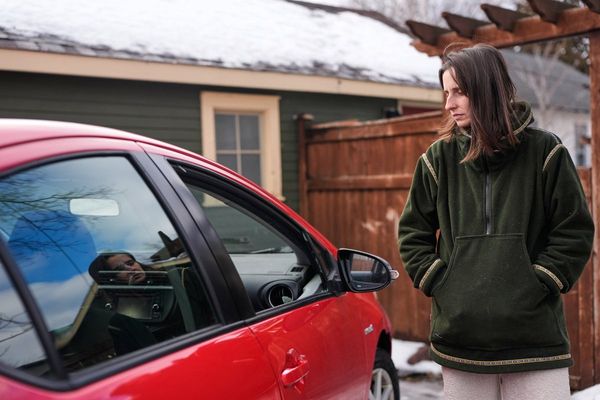Annual coral spawning has begun on the outer Great Barrier Reef, with researchers set to analyse the next generation of corals.
Divers captured the spawning of soft corals on Moore Reef, 47km east of Cairns, on Thursday night.
Billions of tiny pink balls exploded into the water as different species of soft corals and a handful of hard corals began the regeneration process, spawning for a few hours during the night.
The sex cell bundles break open, releasing sperm and eggs to bump into each other as they float on the Coral Sea currents and then settle on coral rubble to form baby corals.
More of the spectacular hard corals are expected to begin this regeneration process on Friday evening.
Marine biologist Stuart Ireland has filmed the spawning event at Moore Reef every year for the past decade.
“The coral cover and diversity is very high at Moore Reef after the past six years of strong growth and the 2023 spawning reflects this,” he said. “As in previous years we watched the soft corals start the spawning process and spent a few hours observing the bundles of sperm and eggs being released.
“We will dive on Moore Reef again after the sun goes down tonight and expect to see the even more spectacular phenomenon of the hard corals starting the process of regeneration on the Great Barrier Reef.”
Dr Abbi Scott is a researcher at James Cook University who is working with tourism operators to understand coral recruitment after the spawning event.
She said tiles were being distributed across five reefs for baby corals to grow on. They would be analysed next year alongside data for coral larval dispersal models to better understand the connectivity of the reefs where the larvae originated.
“This research will build knowledge of the relative variation in coral recruitment at each reef studied and how it differs for each of those reefs,” she said.
“It will be useful to inform assisted coral recovery initiatives and to help operators manage their high-value tourism sites.”
Coral spawning generally occurs on the outer reefs off Cairns and Port Douglas two to six nights after the November full moon when water temperatures are 27-28C.
This year there was a full moon at the end of October and there will be another at the end of November which may result in a split spawn after both moons.







